Counterclockwise: revisiting Motorola's iconic phones

Motorola is famous for making the first commercial cell phone - the DynaTAC. It also created the first ever flip phone, the Motorola StarTAC. The company has scored many more firsts in its 90 years of existence, enjoyed a golden age when it shaped the mobile phone market and eventually fell on hard times.
The Timeport P7389 was the first phone with GPRS - that's the first modern mobile Internet standard (CSD was more akin to dial-up). The phone first connected to the net over the BT Cellnet in the UK, which was running hardware also built by Motorola (and Cisco).
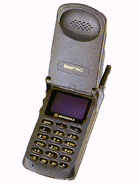
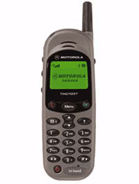
Motorola StarTAC 75 • Motorola Timeport P7389
2002 also saw some exciting firsts. The Motorola E360 was the company's first phone with a color screen - a CSTN panel that could display 4,096 colors. The Motorola V70 had the appearance (though not the actual hardware) of a round screen. Later the company would launch the premium Motorola Aura with an actual round display - an early example of a non-rectangular screen. Still, the $2,000+ price meant that basically no one bought that one.
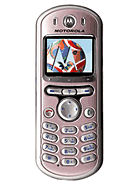


Motorola E360 • Motorola V70 • Motorola Aura
2004 is when Motorola peaked - the RAZR V3 was introduced and it became one of the best-selling phones in history. The V3 itself was around for four years and sold a stunning 130 million units. Later RAZRs weren't quite as successful, but were still popular. Moto cut prices in order to sell millions of units, but that slashed the margins, which ended up hurting the company. Still, flip phones ruled and it was all because of the RAZR.
That same year, the Motorola E398 launched. It could play MP3 files through its 22KHz stereo speakers (or through headphones, of course). A year later the hardware was reworked into the ROKR E1, in some ways it was Apple's first phone.
You could connect it to your iTunes music library and load 100 songs (but no more). That's even though it supported microSD cards up to 1GB (it came bundled with a 512MB card). 1GB > 100 MP3s, but not according to Apple math. Regardless, the Apple-Motorola collaboration quickly turned sour as Cupertino unveiled the iPod nano on the same day that Moto showed the ROKR.
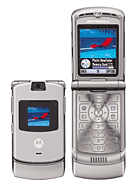
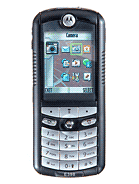
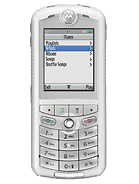
Motorola RAZR V3 • Motorola E398 • Motorola ROKR E1
The MOTOFONE F3 was an odd one. It had an e-paper display and while it couldn't render a graphical interface, it was unmatched when it came to legibility under a bright sun. And battery life was out of this world. It was a phone built for calling, however. Texting was possible but clunky as the display could only show two lines of six characters.
In 2007, Rod Baber climbed Everest, pulled out his RIZR Z8 and made a call. Remember that the next time your 4G LTE MIMO phone has no bars. A year before that, Moto built a charitable (RED) edition of the SLVR L7, several years before Apple jumped on that particular ship.

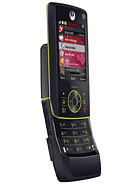
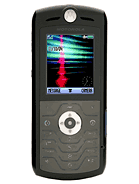
Motorola MOTOFONE F3 • Motorola RIZR Z8 • Motorola SLVR L7
The RAZR may have been Moto's peak, but the Droid defined its later years. The lineup also played a major role in the early development of Android.
Back in 2009 the Apple iPhone was still exclusive to AT&T and Verizon needed an answer. It found it in the Motorola Droid known internationally as the Milestone. The carrier ran an extensive marketing campaign that hammered the iPhone for its lack of multitasking among other things.
The phone also took a swing at Nokia as it had exclusive (in the US) Google Maps Navigator - you may have forgotten, but that was a separate app back then. Soon after Nokia made voice-guided navigation free for all its Symbian phones. The Droid also featured an Amazon MP3 Store app (a belated strike back against iTunes).
The Motorola ATRIX has the distinction of being one of the first Androids with a fingerprint reader. And it had another feature that recently became popular - by using a media dock, it could connect to an external monitor and keyboard to run Ubuntu-based software. With the Lapdock it could turn into a laptop instead, complete with a full Firefox implementation. It was Continuum / DeX / PC mode years before others thought of it.
Not long after the ATRIX was released, Google acquired the struggling phone division of Motorola. As chief Android developer, the search giant didn't want to appear like it competes directly with Android makers so Motorola gave up pursuit of the wide-margin flagship business.
It's not all bad, this period saw fan-favorites like the Moto G and Moto E. Google imbued them with near Nexus levels of clean software (save for Active display, an awesome early attempt at an always on screen, that was all Motorola). With colorful panels, affordable cost and capable hardware, these gained a lot of word-of-mouth popularity.


Motorola Moto G • Motorola Moto E
The Moto X was a touch underpowered for a flagship, but its claim to fame was that it was "Made in the US", which allowed the company to quickly ship custom made phones to consumers... but only in the US. With Motomaker you could mix and match the colors and material on the phone's exterior like a pair of expensive custom-made sneakers. The service slowly went global, but it was too late by then.
Motorola also made the Nexus 6, a more premium offering than the previous two Nexus phones (by LG). It was large (5.96" screen), water resistant, had wireless charging - three things that Google will abandon with the next two Nexus phones (5X and 6P) and the first round of Pixel phones. The Pixel 2 XL has a 6" screen, though due to a taller aspect ratio the screen is still smaller than the one on the Nexus 6.
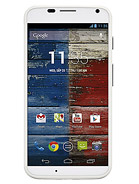
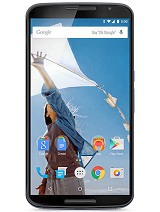
Motorola Moto X • Motorola Nexus 6
The company was also an early mover in the Android Wear market with the Moto 360, which is still remembered for its flat tire display (years after the Aura and its actually circular display). Wearables didn't bring in much cash so enthusiasm for 360 watches quickly faded.
The final phone we want to touch on is the Moto Z. It tried to spice things up with an add-on system (which is also supported on some of the newer mid-rangers). Motorola launches a new module every now and then, but as LG learned with the G5, add-ons aren't an easy sell.

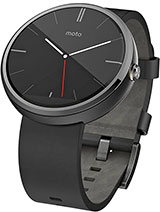
Motorola Moto Z • Motorola Moto 360 (1st gen)
Motorola phones are currently in Lenovo's stable and the company occasionally flip-flops on whether it wants go all-in on the brand recognition of Motorola or develop its own name. Currently, both Motorola and Lenovo phones are made with the latter confined to China.
Phew, this was a long article and we still feel like we missed so much. We skipped over some interesting phones certainly, but our walk down memory lane left us convinced that three phones define Motorola.
The DynaTAC, of course, it was the Alexander Graham Bell moment of mobile phones. The RAZR V3 skyrocketed Moto's profits and popularity. The Droid helped a fledgling Android establish itself. Although no longer independent, the company is still around and we hope to see a fourth phone join the list.
Related
Reader comments
- Sonny
- 24 Nov 2019
- g8B
Switched from Nokia 1611 to Ericsson GH688. And now following the line i'm using Xperia 1. Still with Ericsson classical ringtones. Just love them. Brother had a Motorola d160.
- Anonymous
- 30 Aug 2018
- vas
Nokia symbian 3 or Anna sleeping screen with notifications for call, text, email, alarms & calendar events was 2-3 years before Motorola G & E series for always on information.
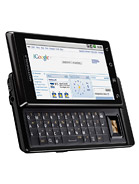
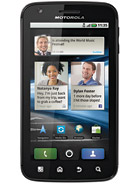







 Xiaomi
Xiaomi Samsung
Samsung Apple
Apple Realme
Realme


